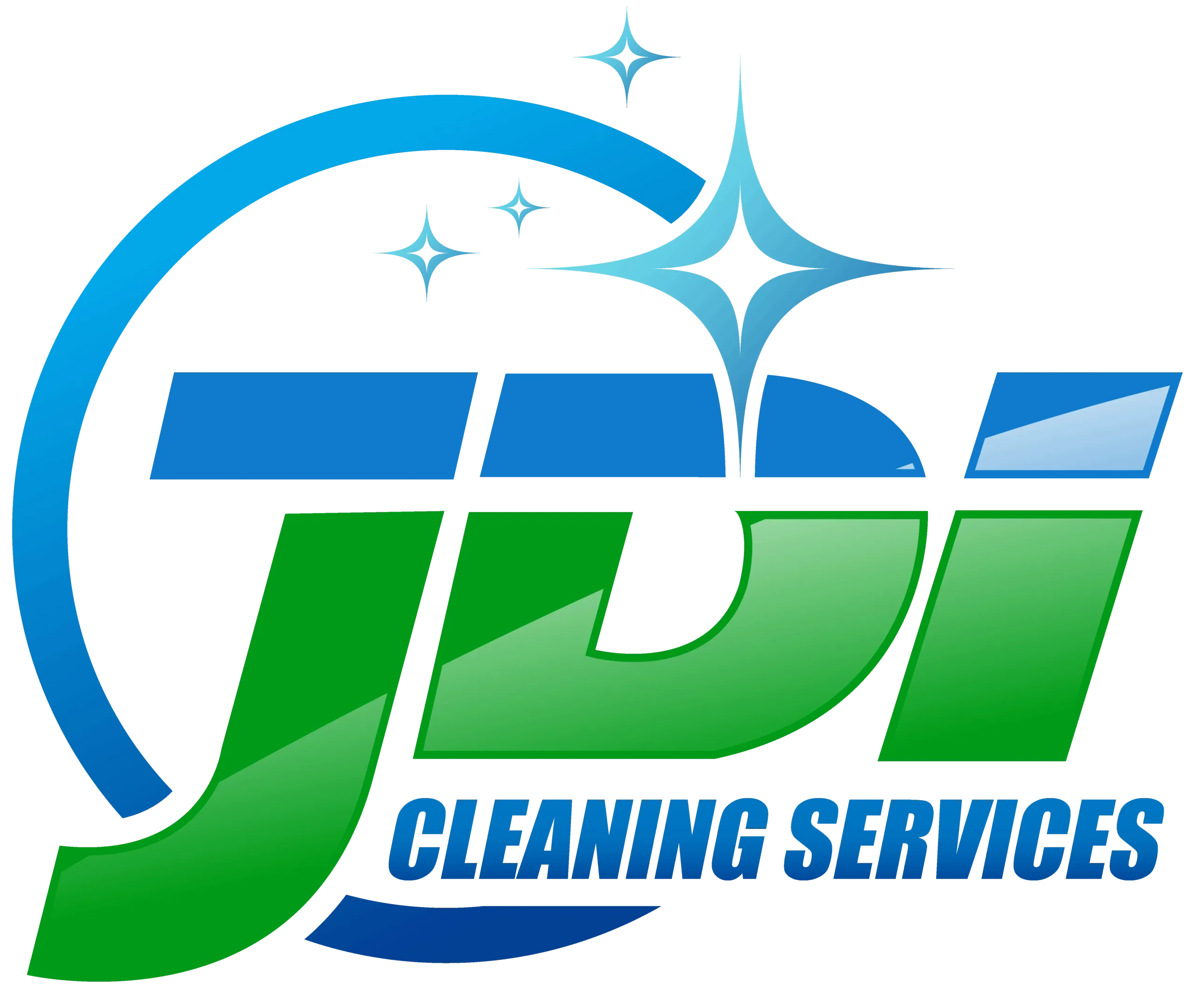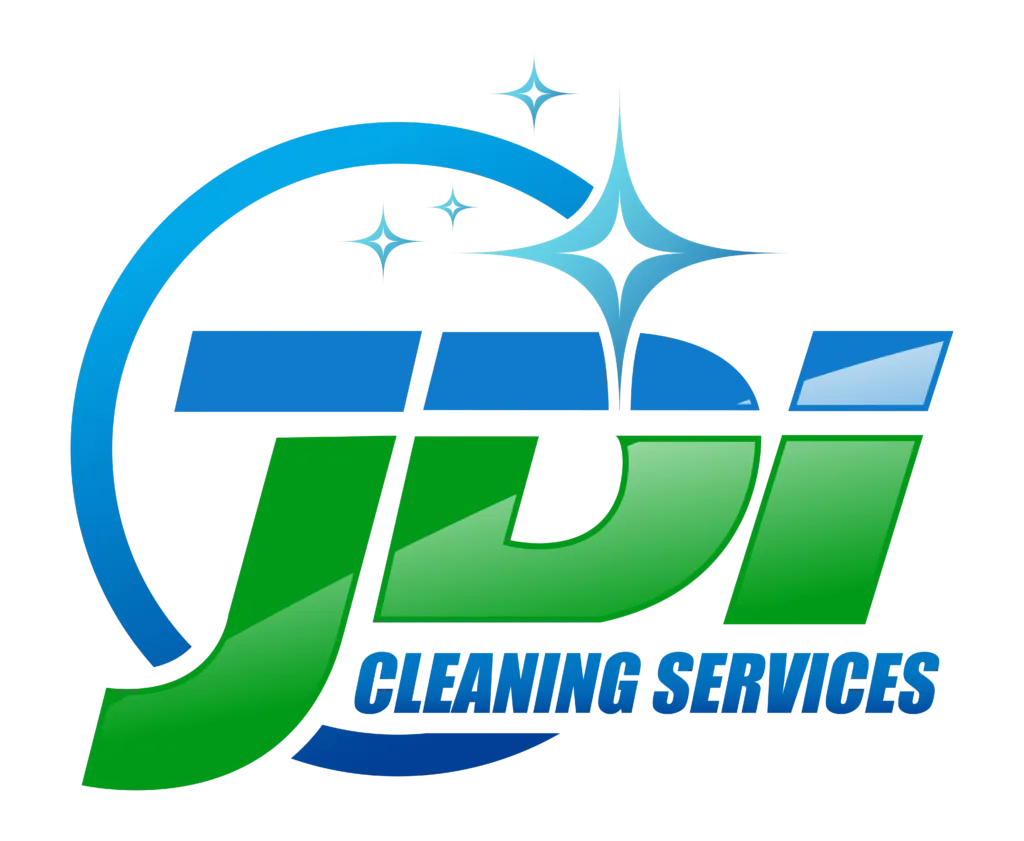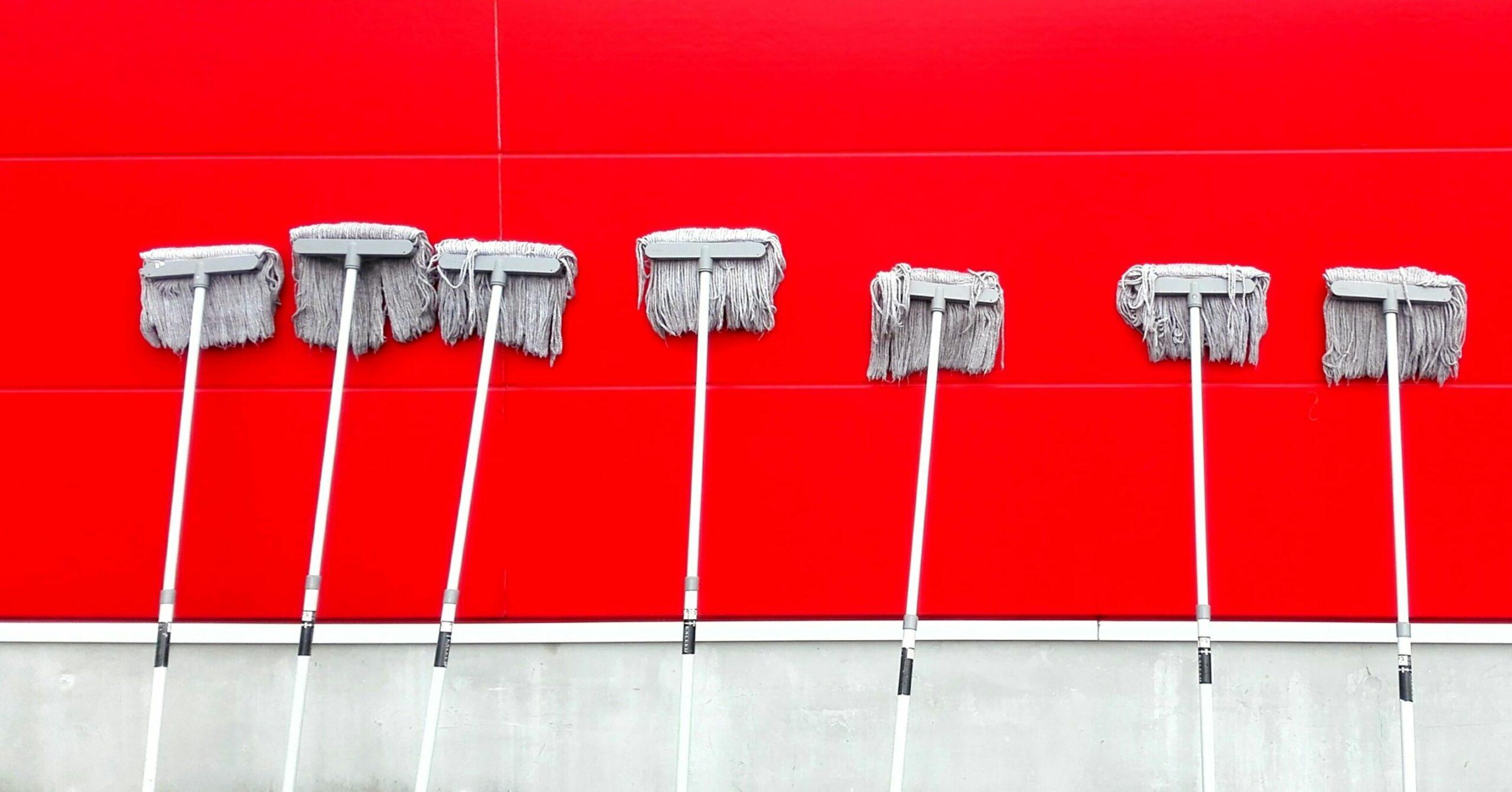The 7-step cleaning process is a cleaning system, vastly pared down from healthcare policies and procedures set out by governments to protect hospital patients and staff, and it is a strategy widely adopted by cleaning professionals.
Not all areas are made to be cleaned equally. Some spaces have far more regulations than others, despite having the ideal goal of eliminating all grime and bacteria. Take, for example, hospital guidelines of cleanliness vs a warehouse. Different structures may get in the way. Thus this article will explore the process and how it applies to various spaces.
Cleaning, Sanitization and disinfecting:
While they may seem similar, there are minute differences between these terminologies. Basic commercial cleaning facts can differ; however, here are some of the basic terminologies:
Cleaning: Refers to the act of removing dirt/ wiping a surface so that it appears ‘clean.’
Sanitizing: This is the process of using strong enough chemicals to reduce/ kill some bacterium, but not all manners of microbe.
Disinfecting: Disinfectants are what actually ‘kill’ a large number of microorganisms. This includes bacteria, viruses, and fungus.
Most commercial cleaners use a mixture of natural cleaners and disinfectants while cleaning.
The 7 Commercial Cleaning Steps:
The industry standard of commercial cleaning follows seven steps when approaching any room to clean. These tactics often involve tackling particular objects first before proceeding to the next steps. The following is a description of each step and why it is important to follow consecutively.
1. Dispose of Trash
Garbage bags and liners are emptied and thrown away. Following this, the inner part of the bin must be thoroughly sanitized. Finally, replace the bin liner with a new bag.
2. Dust at a higher level first
Dust anything above shoulder level while working in either a clockwise or counter-clockwise motion. This also makes the damp mopping process much more manageable, like sweeping a floor of the debris before mopping.
3. Damp wipe
Use a damp cloth mixed with a neutral disinfectant to all high-touch surfaces except for glass surfaces. Common hi-touch surfaces in offices include light switches, phones, doorknobs, and desks. This is an extremely important step due to the threat of bacteria concentrated on these surfaces. Further information regarding the common places where bacteria gather can be found here.
4. Restock items and products
After cleaning the high-touch surfaces, the next step requires remediation of some sort. Especially in the case of bathrooms, products like toilet paper, paper towels, soaps, which aid in everyday cleanliness, must be restocked for two purposes. One function is that if publicly available cleaning items are available, it will help reduce the spread of bacterium and other contagions. The second, of course, is to maintain social standards.
5. Clean or dust mop the floor level
With all the shoulder level and high surfaces cleaned, move to the lower areas, including the floor. This step involves using a dust or a ‘dry’ mop to collect floor dust to make the next step easier. Bulky items and obstructing objects must be navigated around; no corner must be left with uncollected dirt, which is also a health hazard.
6. Inspect the overall area for any missed steps
Before proceeding to the last stage, it is crucial to walk around the premises and inspect the site for additional cleaning or anything broken/ out of the ordinary. It is not required of a janitor or commercial cleaner to repair any damaged items. However, damages must be reported to the owner. Finding damages early on in this step also does not interfere with the wet mopping process, which may cause extra cleaning time if dirt is tracked across the floor.
7. Damp-mop any wettable floor surface
The final step to cleaning a room includes the wet mopping process, which adds a delicate finish to the floor, which can easily be disrupted. A cleaning bucket is filled with a neutral or diluted cleaner. Mop around the edges of the premises as best as possible, then pursue the centre by poking toward the middle in an eight-sided star shape to minimize the chances of stepping on the wet floor. Once this is complete, the floor must be left to air dry.
Finally, add a wet floor sign.
Never forget to openly display the wet floor sign, or else someone may be injured and incur legal penalties on yourself or your organization.
Differences in application:
The 7 step cleaning process is merely a guideline. As an industry standard, it follows that every situation may be different or will require different approaches.
Cleaning a bathroom; its specific steps:
Cleaning a bathroom follows the same process; the standard process’s initial steps, including removing trash, stocking, and wiping mirrors, apply in the same way another room is cleaned. However, it is a good idea to allow urinal and toilet cleaners to soak. The longer the cleaning material can sit on a surface, the more efficient it will kill microbes.
When wiping down the urinals or toilets, never use the same cloth on any other surface. Wipe all parts using either a disposable paper towel or a single-use cloth specifically for that surface. Use a brush for the inside of a toilet but still only use cloths specifically for the toilet surfaces. Proper disinfectant is critical for bathroom surfaces, so professional cleaning products are recommended for this.
Hospital Cleanliness Standards:
Cleaning in a healthcare setting follows many different procedures. Every country employs Healthcare Facilities cleaning practices guidelines which provide standards for all hospitals and institutes to protect patients, staff, and to control highly infectious materials.
Focusing on a hospital setting uses proper disinfecting cleaning chemicals that are strong enough to kill all microbes (some are very resilient) while not disturbing or irritating patient health. Testing pH may be required to strike this balance and to make sure of consistency. Finally, it is essential to wipe down high-touch surfaces like beds, headboards, IV poles, buttons, remotes, rails, and floors.
Commercial or Office Cleaning:
Offices come in various styles. However, there can be some unique challenges posed by these professional environments. Generally, the 7-rules still apply to disinfect high-touch surfaces like phones, computers, desks, doorknobs, thermos, etc. One obstacle may be the presence of carpet if that is the dominant flooring option in the space. Carpets can be vacuumed for regular cleaning; however other special tools and precautions may be needed to eliminate particularly dirty carpet areas.
Following these standard protocols will ensure a properly cleaned space and reflect the dedicated effort that is followed worldwide by all cleaners.


